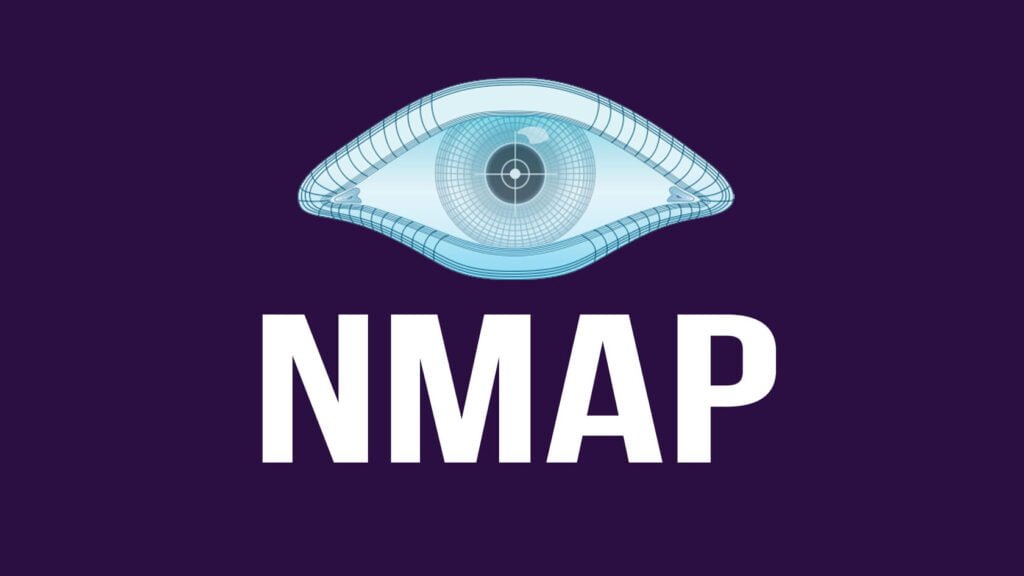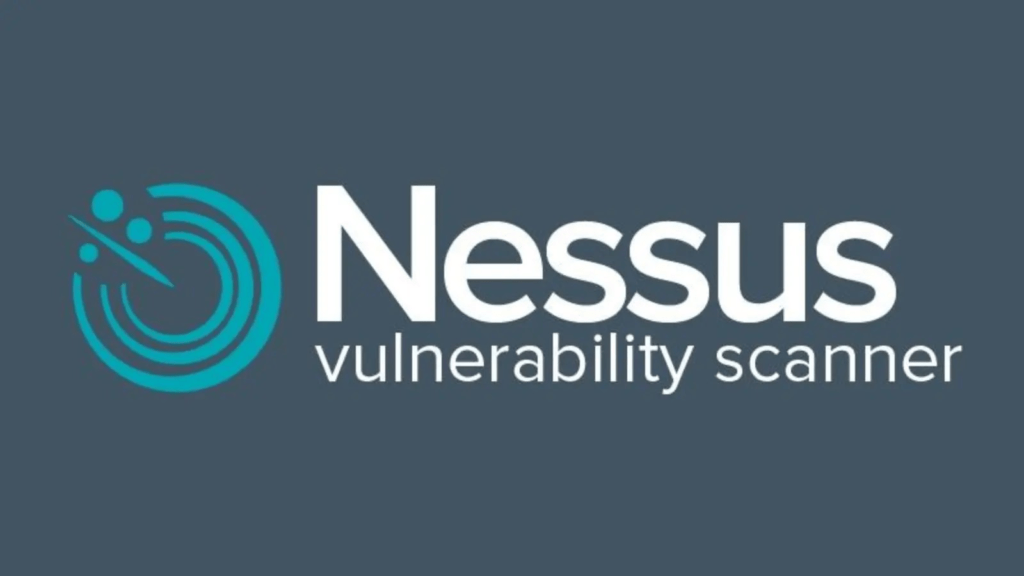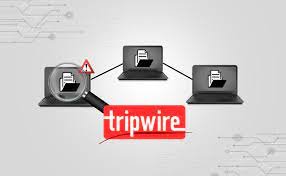Introduction
In the realm of computer systems, ensuring security is a multifaceted endeavor. Various measures, such as implementing firewalls, deploying intrusion detection systems, ensuring secure communication protocols, and using software against malicious code, are commonly employed. However, even after these efforts, vulnerabilities that attackers could exploit may persist. These vulnerabilities can be identified and addressed using various security tools, which also offer the capability to monitor systems.
Most existing security tools are typically developed with the intention of probing computer systems for potential vulnerabilities. The fundamental concept here is to unveil system weaknesses before malicious actors do and to take necessary precautions.
In the sections that follow, we will introduce several security tools, highlighting their features and applications.
NMAP
Nmap (“network mapper”) is an open-source program designed for network exploration and security auditing. While it is crafted for scanning large-scale networks, it is also efficient when focused on a single host. Nmap stands out by sending unconventional IP packets to reveal live computers on the network. Additionally, it can detect applications exposed on these computers, identify the operating system they are running, and determine the security firewall in use. Nmap is compatible with various operating systems and distributed under the GNU GPL license.

NESSUS
Nessus is a powerful and up-to-date remote scanning tool that operates on various UNIX derivatives and Windows. It features a user-friendly Gtk interface and is capable of capturing over 1200 security vulnerabilities. Nessus can generate reports in various formats such as HTML, LaTeX, and ASCII. Notably, Nessus can perform scans without being bound by known rules. For example, it can identify and scan a web server running on port 1234, offering security solutions for any vulnerabilities found.

WİRESHARK
In the realm of network protocol analysis, Wireshark, formerly known as Ethereal, stands out as a powerful and free tool for UNIX and Windows platforms. Conducting live examinations of networks or dissecting previously recorded network data, Wireshark provides a comprehensive and interactive insight into network activities. Users can navigate through detailed information about individual packets, thanks to its robust features, including a rich filtering language and the ability to analyze TCP streams by merging them.
Wireshark, with its user-friendly interface and extensive functionality, remains a go-to choice for network analysts and security professionals alike. As we delve deeper into its capabilities, this article will shed light on Wireshark’s diverse applications in network analysis and its contributions to maintaining robust system security.

TCPdump, the oldest and widely loved network analysis program, allows for monitoring and data inspection. It is used to examine network activities by matching given expressions to display packet information on a network interface. Although TCPdump is less commonly used today, Ethereal is typically preferred for network analysis.

DSNIFF
Dsniff is a suite of tools designed for network auditing and conducting penetration tests. Programs like filesnarf, mailsnarf, msgsnarf, urlsnarf, and webspy operate passively, capturing intriguing data (such as passwords and emails) by listening to network traffic. Tools like arpspoof, dnsspoof, and macof enable access to network traffic at the data link layer. Sshmitm and webmitm tools are used for man-in-the-middle attacks on directed HTTPS and SSH connections.

GFI LANguard
GFI LANguard is a paid network security scanning tool for Windows platforms. It scans the network, providing information for each machine, including utilized service packs, missing security patches, publicly accessible shares, open ports, running services and applications, weak passwords, and more. Scan results are reported in HTML format and are queryable. A trial version is available on the website.

ETTERCAP
Ettercap is a terminal-based sniffing/injecting/logging tool for Ethernet networks. It can passively or actively intercept and log encrypted protocols, and it has features like data injection into established connections and fast filtering. Ettercap can recognize switched networks and deduce network geometry by leveraging operating system fingerprints.

JOHN THE RIPPER
John the Ripper is a powerful password-cracking tool known for its speed and ability to crack password hashes on multiple platforms. It can operate swiftly and is compatible with almost every version of UNIX, including DOS, Windows, BeOS, and OpenVMS. Password files for cracking can be continuously updated from the website.

TRIPWIRE
Described as the grandfather of integrity-checking tools, Tripwire investigates whether specified files and directories have had their integrity compromised over time. By regularly checking system files, it alerts system administrators to any changes. While there is a free version for Linux, it is a paid software for other platforms.
In the subsequent sections, we will delve into each security tool, exploring its functionalities and applications in detail.


